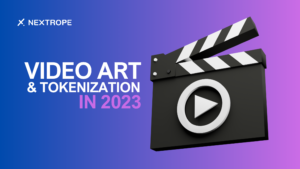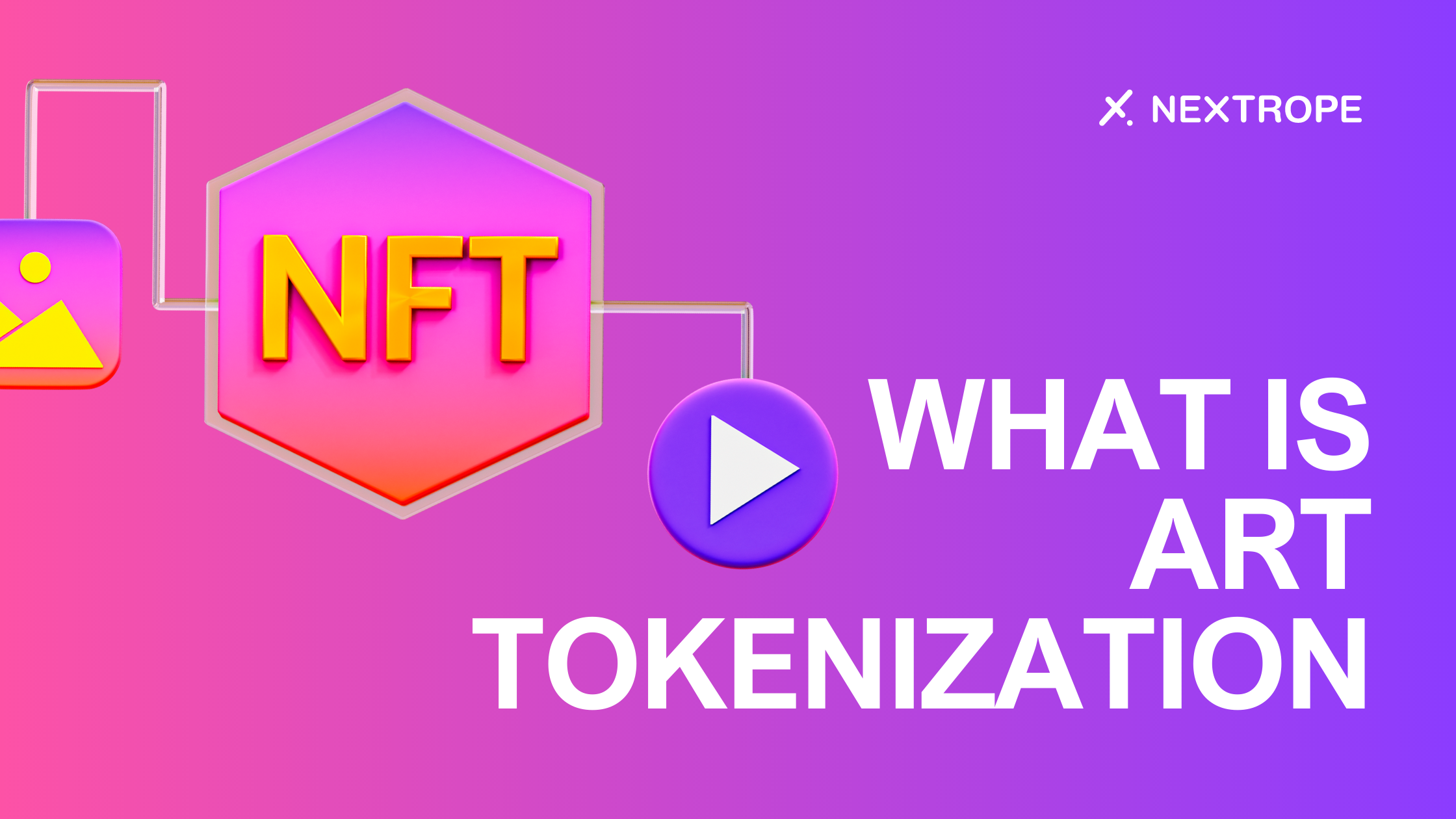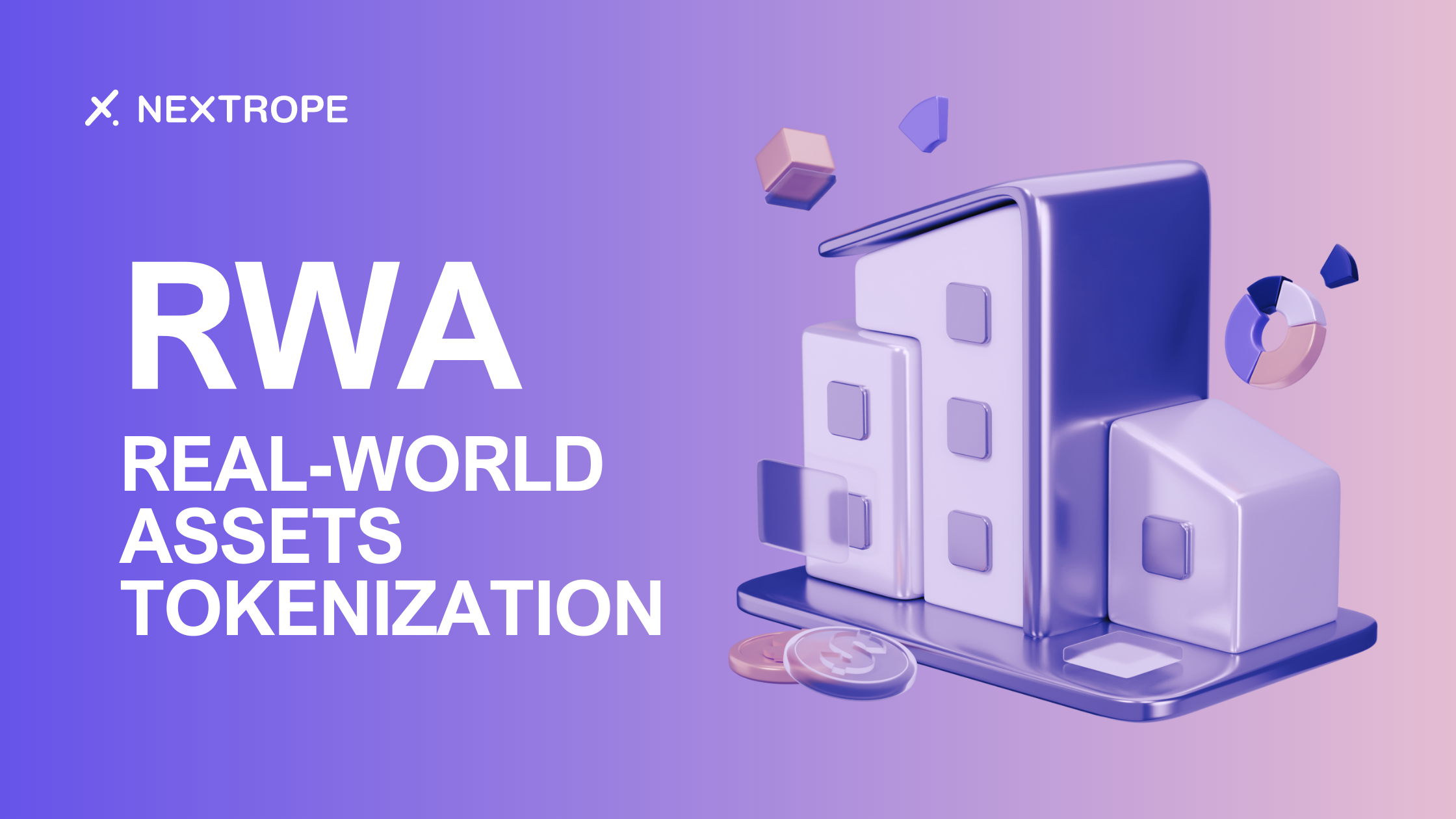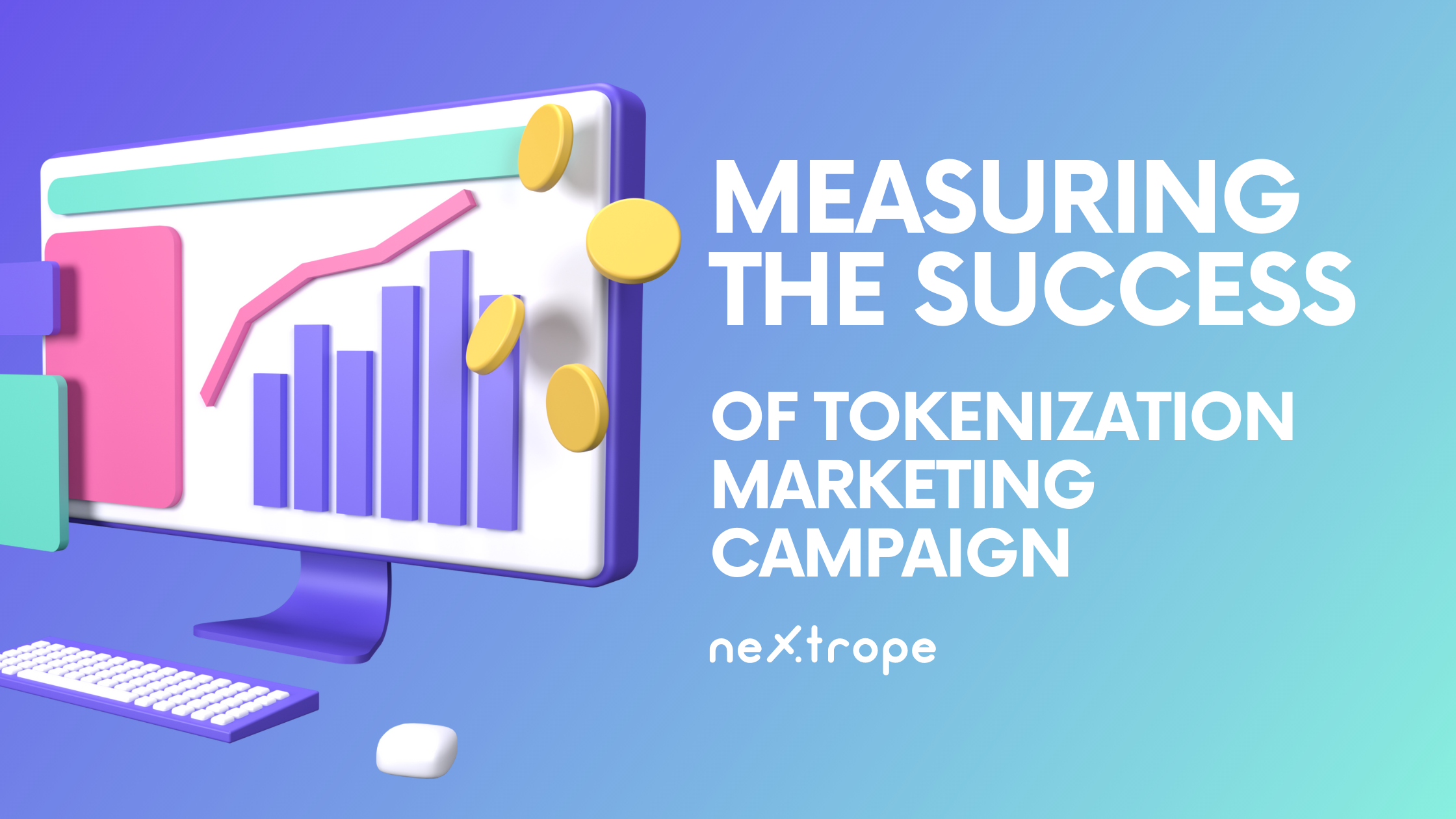The vast domain of the artistic sphere features video art as a relatively recent addition, yet one that has established its unique place. As 2023 began, video art gained greater attention and proved to be more than a mere fad. Foundational exhibitions and focused critiques merely touched upon the growth of this art form. However, an interesting metamorphosis was unfolding amidst the praise and curiosity, fueled by the digital era's defining feature: blockchain technology. This led to the emergence of 'video art tokenization', an innovative blend of artistry and tech that could transform the principles and value perception of video art, possibly addressing long-standing issues related to its collectability.
Video Art's Development and Importance
Starting as an avant-garde genre, video art was often regarded as the defiant counterpart to traditional artistic forms. It challenged established norms by providing artists with a vibrant platform where motion replaced stillness, and audio-visual stories held sway. By early 2023, organizations like MoMA underscored its international importance through groundbreaking exhibitions such as "Signals: How Video Transformed the World."
Nevertheless, its inherent qualities presented singular problems. Unlike the physical limitations of paintings or sculptures, video art's digital nature enabled infinite replication. Every copy maintained the original's legitimacy, democratizing the art form while simultaneously detracting from its perceived value based on conventional market standards. In a realm where an artwork's rarity frequently dictated its market worth, video art presented a dilemma. Collectors struggled to comprehend notions of originality and valuation. Why acquire an original if indistinguishable duplicates possessed equal artistic merit?
Video art's incompatibility with traditional art market principles – where scarcity is highly valued – poses not only economic but also philosophical challenges. It urges us to reconsider our understanding of worth, authenticity, and the core essence of art in today's digital age. The importance of video art thus goes beyond its visual allure, placing it at the crossroads of artistic expression, technological innovation, and market dynamics.
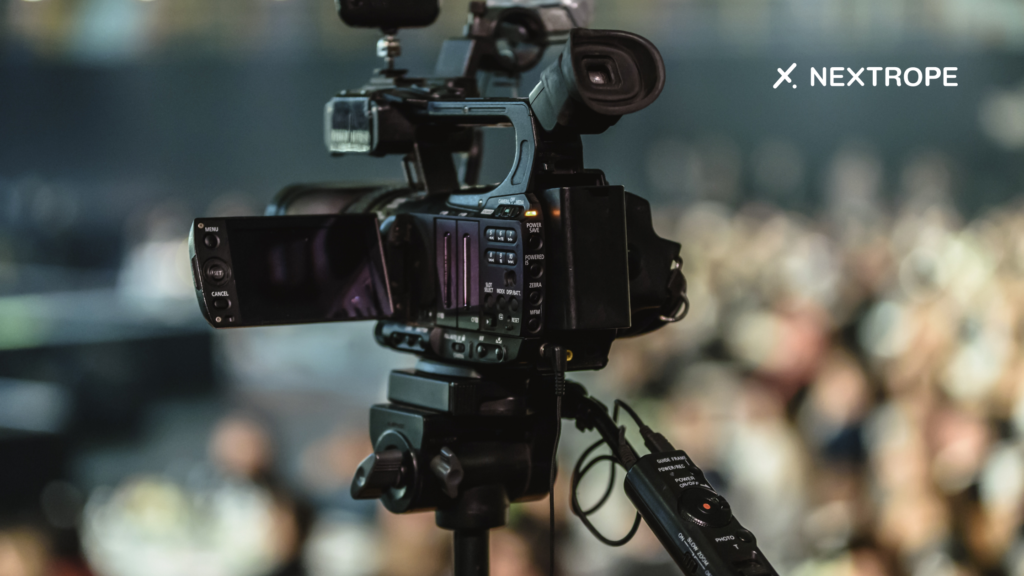
The Emergence of NFTs and Video Art Tokenization in the Artistic Sphere
Blockchain technology's inception, followed by the art world's introduction to Non-Fungible Tokens (NFTs), has sparked a transformative revolution. Essentially, an NFT is a distinct digital certificate of authenticity, securely stored on a decentralized digital ledger that confirms the originality of a digital asset. As the digital domain increasingly intertwines with our physical existence, NFTs have made their mark, particularly in supporting the value of digital artwork.
NFTs started as quiet murmurs within specialized digital art circles but quickly gained traction, drawing the interest of artists, galleries, and investors. They provided an answer to the longstanding problem of digital reproduction without devaluation, tackling a central issue for the art community – how to authenticate and appraise digital art when duplication is effortless.
Traditionally, artists did not directly profit from secondary sales of their works; however, NFTs offered newfound empowerment. Artists could now secure royalties from resales through "smart contracts" embedded in NFTs, establishing a viable financial framework that had been previously unattainable.
Moreover, video art tokenization through NFTs revitalized the dynamics of the art market. Auction houses initially expressed skepticism but later adopted this trending wave as record-breaking sales of digital artworks converted to NFTs made headlines. Motivated by the integration of technology and artistry, collectors started to view NFTs as more than mere curiosities – they became genuine investment prospects, signifying a shift in how art is evaluated and exchanged.
Nevertheless, NFTs' true brilliance in the artistic world extends beyond economics; it broadens artistic expression's horizons. Digital artists who were once marginalized within the broader artistic journey moved to center stage as leaders in an era where art transcends visual or auditory limitations and becomes a dynamic, interactive experience.
Examining Tokenized Video Art Collections
The fusion of video art and blockchain technology gives rise to an intriguing world of tokenized video art collections, challenging conventional standards and presenting groundbreaking opportunities for both artists and collectors.
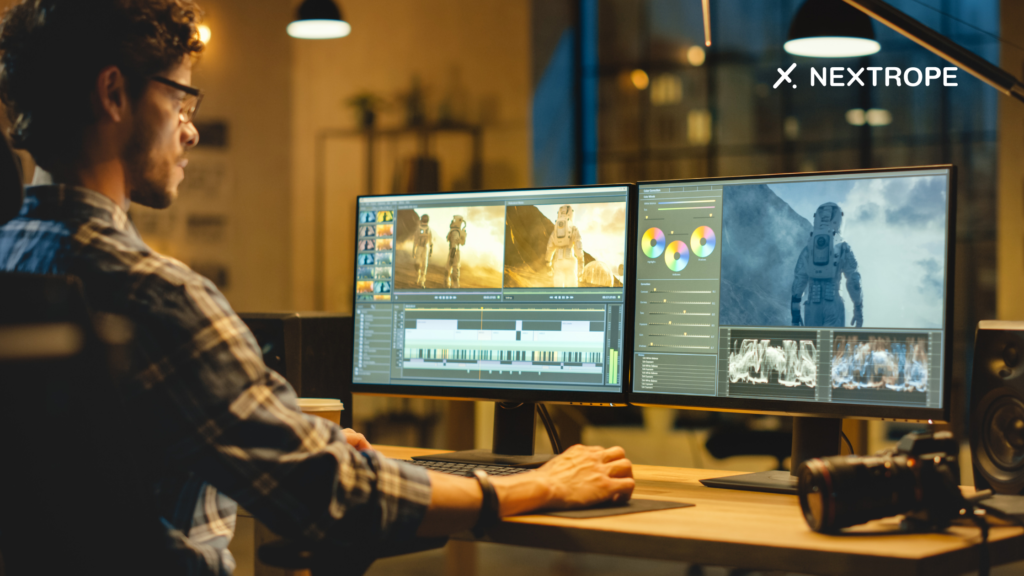
Origins and Development
Tokenized video art collections stem from the unique characteristics of video art, which is dynamic, replicable, and inherently digital, as well as the revolutionary potential of NFTs. When artists started tokenizing their video works, a specific genre of collections emerged that pushed the limits of both video art and the NFT domain.
Prominent Collections and Innovators
The Akeroyd Collection, Shane Akeroyd's online media library, serves as a powerful example of what can be accomplished by blending traditional video art with tokenization's avant-garde features. Housing creations from influential artists like Cory Arcangel, Apichatpong Weerasethakul, and Theaster Gates, this collection demonstrates an exceptional fusion of classical video art and cutting-edge tokenization.
Artwrld is another noteworthy platform that showcases tokenized video collections from celebrated artists such as Shirin Neshat and Paul Pfeiffer. This platform has become a guiding light for digital video artists who want to capitalize on blockchain benefits and engage with a broader and more appreciative audience.
Distinctive Characteristics and Advantages
Enhanced transparency and traceability stand out among the most transformative aspects of tokenized video art collections. Unique digital records of provenance accompany each tokenized piece, adding layers of trust and authenticity while empowering potential buyers to examine the artwork's background, ownership changes, and previous valuations. This shift marks a significant departure from traditional art sales plagued with ambiguous provenance.
Furthermore, tokenizing video art addresses its inherent reproducibility by attaching value to once-easily replicated works. Tokenizing a piece includes a unique digital certificate signifying its originality and market worth.
Potential and Obstacles Ahead
Although tokenized video art collections have undoubtedly had a significant impact, they still face challenges, including concerns about copyrights, exhibition rights, and the broader legal framework governing digital ownership. However, as artists and platforms persist in experimenting, innovating, and stretching boundaries, the possibility for video art tokenization to revolutionize the essence of art collecting is tangible.
In conclusion, the melding of video art with NFTs takes us to the verge of a new epoch. A time when the intangible gains value, duplication transforms into uniqueness, and video art earns its place among highly coveted collectibles.
Tackling Obstacles and Envisioning the Future
The combination of video art and NFT ecosystem has created many opportunities for artists, collectors, and platforms; however, it also involves several complexities. This marriage of art and technology is innovative but comes with a series of issues that must be addressed for enduring success.
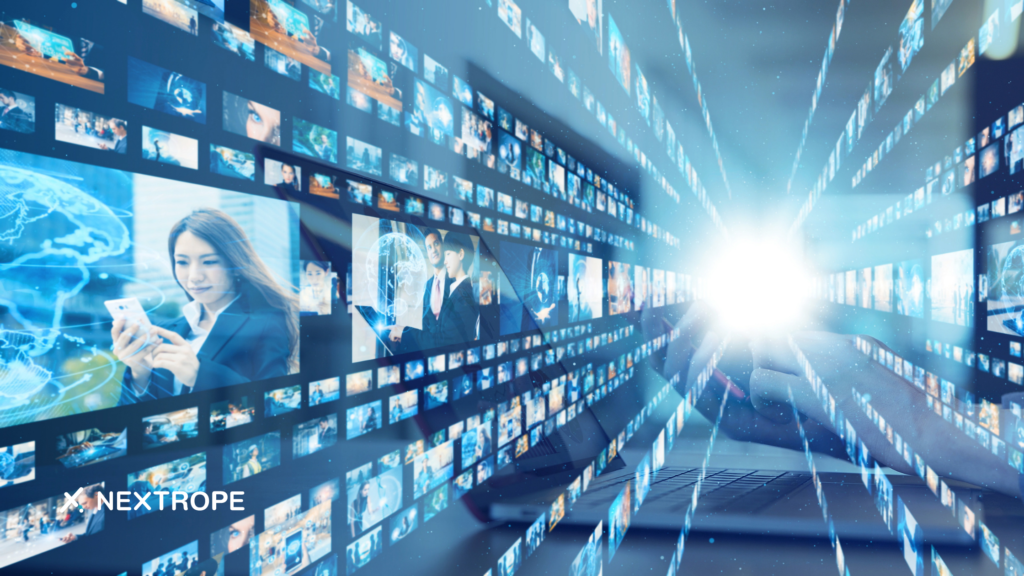
Legal Uncertainties and Intellectual Property
A major concern with video art tokenization is the unclear legal rights. How do exhibition rights adapt in a decentralized digital realm? What specific rights are granted to collectors when they obtain a tokenized video artwork, particularly regarding public displays or reproductions?
Traditional Market Ideals and Comprehension
The conventional art market, with its roots in physical art appreciation dating back centuries, may require time to grasp and welcome the intricacies of video art tokenization. The notion that a digitally reproducible piece can hold substantial value might defy long-established market perceptions. It becomes essential to educate traditional galleries and collectors about the inherent worth and possibilities offered by tokenized video art.
Looking Forward: A Hopeful Tomorrow
In spite of these challenges, a bright future awaits. Advancements in blockchain technology will likely reduce technical obstacles by becoming more accessible and user-friendly. As legal structures adapt to the rapid advancements of digital innovations, transparent guidelines pertaining to ownership and rights will develop.
Efforts such as educational initiatives, workshops, and partnerships between art institutions and tech professionals can help bridge the gap, expanding the understanding of video art tokenization's potential to broader audiences.

Conclusion
The joining of video art and NFTs represents more than just a momentary craze; it marks an evolutionary leap in the world of art, unifying innovation with tradition. As artists experience newfound liberation and collectors delve into uncharted territories, the challenges that surface are simply growing pains of a sector on the cusp of transformation. Reflecting on the impact of technology and creativity, it's clear that we stand at a critical turning point. A vast landscape of potential lays ahead, ready to be adorned with the vivid hues of innovation, collaboration, and forward-thinking vision.
 en
en  pl
pl 
